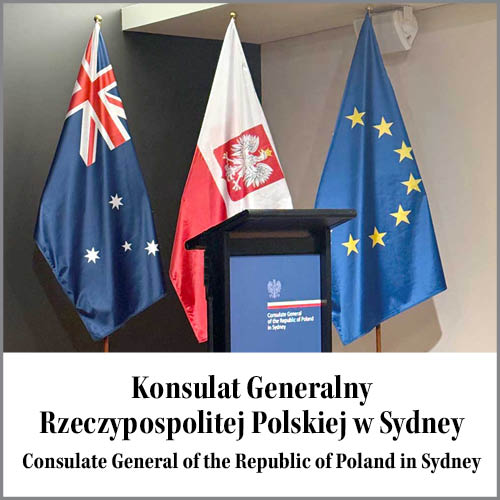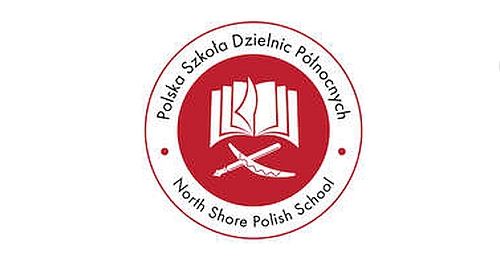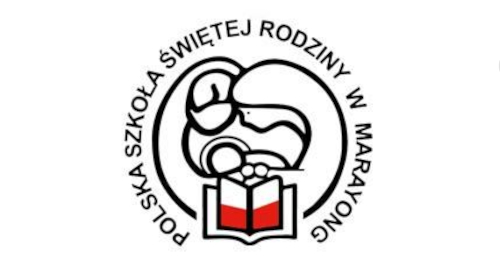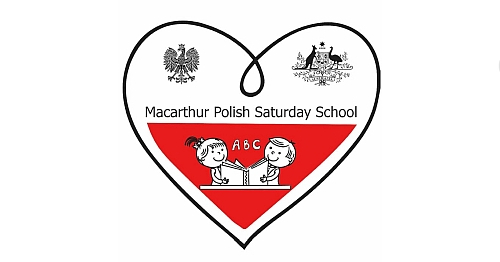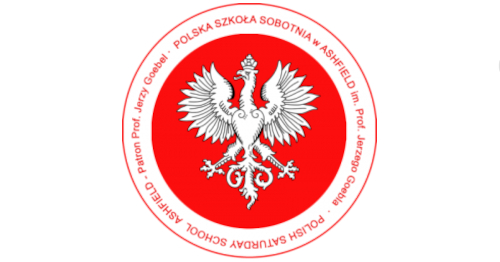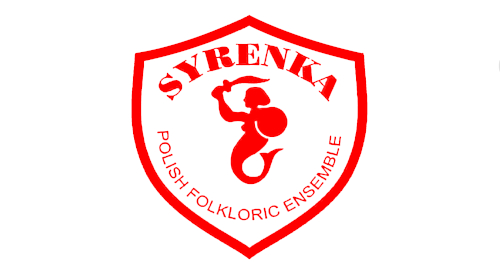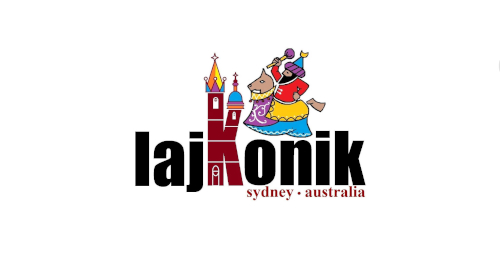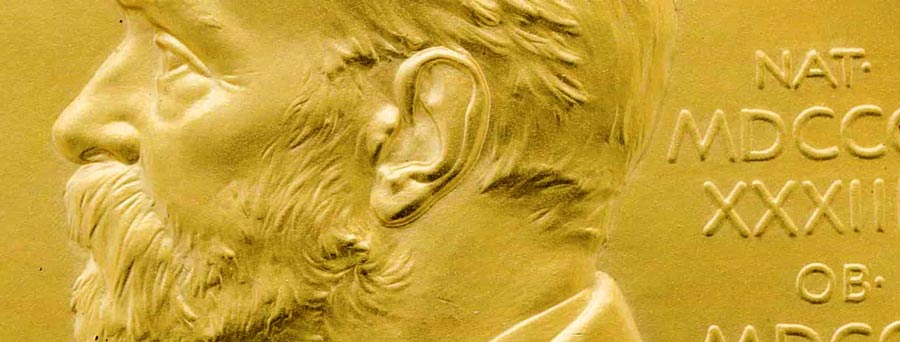
Nobel Prize winners associated with Poland are not only well remembered Maria Skłodowska-Curie, Henryk Sienkiewicz, Władysław Reymont, Czesław Miłosz, Lech Wałęsa, Wisława Szymborska and Olga Tokarczuk. They are also a group of scientists, especially physicists and chemists, who were born and raised on Polish territory (within its former and current borders), and who often carried our country in their hearts while living abroad. Maria and Przemysław Pilich, authors of the book Our Nobel Laureates. 56 Laureates from the Vistula, Odra and Niemen Rivers, suggest recalling the biographies of seven outstanding figures.
Józef Rotblat – Nobel Prize Winner from Nowolipki
Józef Rotblat (1908-2005), an outstanding nuclear physicist born in Warsaw, received the Nobel Peace Prize in 1995. He was called the Nobel Prize winner from Nowolipki street because he spent his childhood and youth in a now non-existent tenement house in Nowolipki street in Warsaw. In his identity card from 1938, in the occupation column, he had the following entry: “doctor of physics”.
He completed his studies in physics in Warsaw, where he also obtained his doctorate. In 1939 he went on a scholarship to England. After the outbreak of war, he became actively involved in the American programme for constructing nuclear weapons. However, the prospect of using these weapons frightened him, so he withdrew from research and from then until his death he consistently fought for disarmament and limiting the use of weapons of mass destruction. These efforts brought him international recognition and the Nobel Prize. He was granted British citizenship, but he often visited Poland and spoke Polish until the end of his life. He emphasised his Polishness by saying that he was a Pole with a British passport. At the Nobel Prize award ceremony, he asked for Chopin’s Polonaise in A flat major to be played.
In 2008, a feature-length documentary film entitled The Strangest Dream was made about him.
Reinhard Selten – specialist in game theory
Reinhard Selten (1930-2016), a Wrocław-born German prize-winning economist, is buried in Poznań’s Miłostowo cemetery. During his studies and later in his scientific work, he dealt mainly with mathematics and economics. The combination of these two branches of science resulted in the Nobel Prize (formally the Bank of Sweden Prize in Economic Sciences in honour of Alfred Nobel) in 1994 for his pioneering work in equilibrium analysis in non-complex game theory. His work is difficult even for specialists.
Privately Reinhard Selten enjoyed science fiction literature, was also interested in botanical issues and was an active Esperantist since his youth.
Apart from his birthplace, his second wife also connected him with Poland. When he was widowed, he married a Polish woman, Arlena Pawlik. In 2015, he moved from Bonn to Poznan, where he died shortly afterwards. His tombstone bears an inscription in Polish.
Andrzej Schally – chemist of relations between body and soul
The eminent chemist Andrzej Schally, born in Vilnius in 1926, also has a Polish origin. His father is General Kazimierz Schally, forgotten today – a soldier of the 1st Polish Legions Brigade, the 1st Polish Corps in Bobruisk, and General Haller’s army. In 1935, he became Chief of the Military Cabinet of Polish President Ignacy Mościcki and moved with his family to Warsaw.
In 1939, the Schally family evacuated to Romania and later to Scotland. Andrew began his chemistry studies in London, and after receiving his PhD in biochemistry in 1957, he moved to the United States, where he worked as a researcher at successive universities. He was awarded the title of Professor in 1966. His research at the intersection of chemistry and medicine was described by the New York Times as “the chemical relationship between body and soul”. He was awarded the Nobel Prize in Physiology or Medicine in 1977 for his discovery of the secretion of hormones in the hypothalamus of the brain and his research into their structure and function.
The Nobel Prize winner is a football fan. He says that only the lack of time for training prevented him from playing professionally in a football league. He is very fond of classical and opera music, especially Verdi’s operas. He likes to cook, and his speciality (according to his wife) is goulash. He does not speak Polish, even to his family living in Poland. He claims that in his youth he spoke Polish, but with time forgot the language.
Roald Hoffmann – chemist of all time
“I am sorry, but I have forgotten my mother tongue. It comes back when I watch Kieslowski’s films and when I am in Poland. However, I can no longer speak the language”, Roald Hoffmann wrote in 2005 in a letter to the authors of this article.
He was born in 1937 in Zloczow in what is now Ukraine under the name of Safran. He came from a Jewish family, his father was an engineer and his mother a teacher. During the occupation, his father was murdered and his mother hid from the Germans. In 1944, she and her son moved to Przemyśl and later to Kraków, where Roald attended a Polish school.
After the war, the family emigrated to the United States. The future Nobel Prize winner took the name of his stepfather, about whom he expresses himself with respect and affection. He studied at Columbia University, then at the American Cambrige, where he obtained a doctorate in chemistry in 1962. He worked in the field of theoretical chemistry. He received the Nobel Prize in 1981 for developing a theory of the course of chemical reactions. He is regarded as one of the greatest chemists of all time.
Hoffmann is the author of a huge number of scientific papers, which he writes in an accessible way so that, as he says, they can be understood by first-year students. He grumbles when reviewers accuse him of writing them too simply. He is also a poet – four collections of his poems have been published.
In August 2017 American Chemical Society on the occasion of the Nobel Prize winner’s 80th birthday organised a symposium in Washington, D.C., which was attended by more than 100 of the scientist’s closest collaborators and friends, also from Poland. The latter brought and presented the professor with a large potato and jokingly commented that he could use it to make himself a Polish vodka, which he had enjoyed during several visits to Poland.
Maria Goeppert-Mayer – physicist ‘dancing with atoms’
In Katowice, a mural depicting Maria Goeppert-Mayer (1906-1972) can be seen on the building of the rector’s office of the Silesian University, and a plaque dedicated to her on the house where she was born.
The future Nobel Prize winner came from a German family. Her father, a doctor, was given a professorship at the University of Göttingen, where he moved with his family when Maria was 3 years old. Maria remembered her father’s words: “Remember, never be a woman when you grow up”. As a woman, she had to pass her matriculation exams, and since the world of university professors was a man’s world, she was put in a situation several times where there was no scientific position for her.
She received the Nobel Prize in 1960 for her work in theoretical physics on the shell structure of the atomic nucleus. By then she had already lived in the United States for 30 years. She participated, among other things, in the work of a secret research organisation in the American government’s nuclear programme. After the Americans launched nuclear attacks on Japanese cities, she withdrew from this work and became involved in social work for the only peaceful use of atomic energy.
She was well respected by her students and colleagues, and after a visit to Poland in 1967 she was remembered as a charming, attractive but modest person.
Klaus von Klitzing – physicist from Środa Wielkopolska
Although he was born into a German family, his parents spoke Polish. Klaus von Klitzing jokes that they spoke Polish when they wanted to hide something from their children. The future Nobel Prize winner was born in 1943 in the district hospital in Środa Wielkopolska, which is commemorated by a plaque placed there today. His father Bogislav (called Olaf) served in the Polish army and graduated from officer school in Jarocin. At the end of World War II he was conscripted into the Wehrmacht. His wife and children left Poland when Klaus was less than 2 years old.
The scientist has been living and working scientifically in Stuttgart for over 40 years. He received the Nobel Prize in Physics in 1985 for the discovery of new phenomena in quantum physics. He is perceived as a person full of energy, with a gentle disposition and a great sense of humour. He has been to Poland many times, although he knows only a few Polish phrases.
When he was unable to attend the 100th anniversary celebrations of the hospital in the city of his birth in 2016, he sent the institution wishes along with a letter and money for a baby to be born at the hospital on June 28, his birthday.
Tadeusz Reichstein – chemist from vitamin C
The eminent chemist Tadeusz Reichstein (1897-1996) was always described as a “Swiss of Polish-Jewish origin”. He was born in Włocławek, and his parents, Jews, great Polish patriots (they kept their Polish passports until their death), named him after Tadeusz Kościuszko. Throughout his life, they most willingly spoke Polish at home. Therefore, the future scientist understood the Polish language. When he was 97, he interjected words and sentences in Polish when talking to a delegation of Polish scientists who visited him in Basel.
The Reichstein family left Włocławek when Tadeusz was 8 years old and settled in Switzerland. The future Nobel Prize winner completed his studies in chemistry. Initially he worked on the aromatic substances which make up the aroma of coffee. He became known in the scientific community when he synthetically produced vitamin C using glucose as the starting substance. Thanks to him, vitamin C began to be produced industrially and became cheap.
The Nobel Prize in Physiology or Medicine in 1950, however, was awarded to him for other research. He received it for his work on the synthesis, structure study and isolation of adrenal steroid hormones and their multifaceted application in medicine.
After retirement, his research interests changed again. He took up botany, in particular plant physiology. Studying ferns in his own home experimental garden and laboratory, he again achieved success. A few years before his death he said: “They consider me a discoverer in the field of drug technology and organic chemistry, but I think that I only made the real discoveries by studying ferns”.
In 1994, a documentary film devoted to him, entitled The Gardens of Tadeusz Reichstein, was made, written and directed by Krzysztof Krauze.
Maria and Przemysław Pilich
Sightseers and authors of tourist guides to Poland and biographies of famous, but also less known Poles. They are authors of books, among others: Wielcy polscy podróżnicy, którzy odkrywali świat, Wybitni polscy odkrywcy i podróżnicy. Their latest biographical book is Nasi Nobliści. 56 laureatów znad Wisły, Odry i Niemna [Our Nobel Laureates. 56 Laureates from the Vistula, Odra and Niemen Rivers] (MUZA 2020).
Project financed from the funds of the Chancellery of the Prime Minister as part of the competition “Polonia and Poles Abroad 2021”.The publication expresses only the author’s views and cannot be identified with the official position of the Chancellery of the Prime Minister.

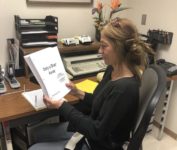


 USD
USD  AUD
AUD  CAD
CAD  NZD
NZD  EUR
EUR  CHF
CHF  GBP
GBP 